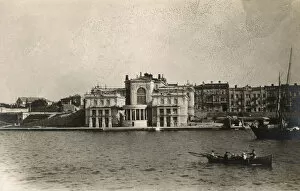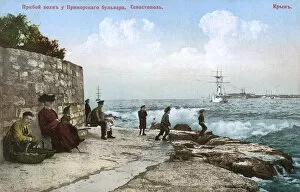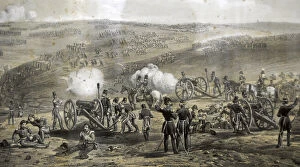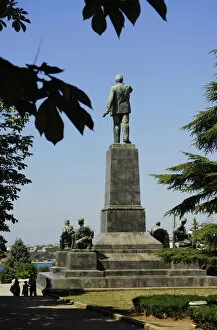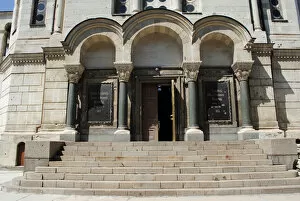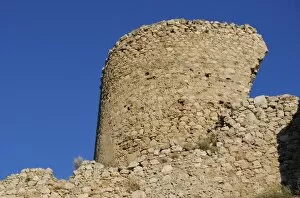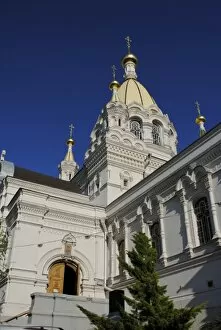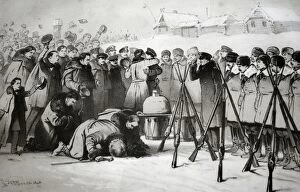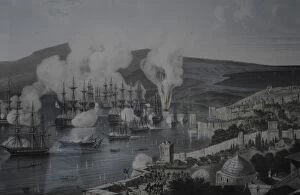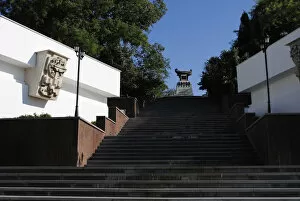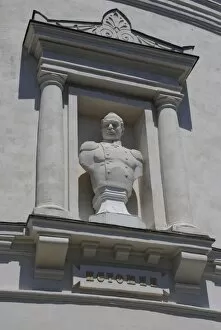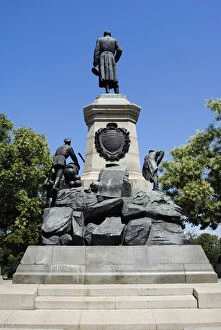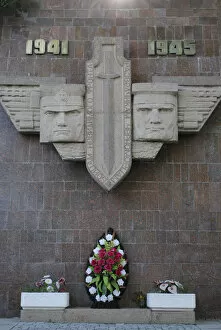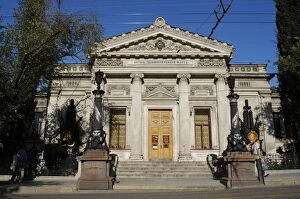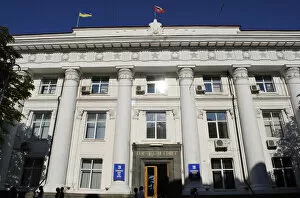Sevastopol Collection (page 9)
Sevastopol, a city steeped in history and resilience
For sale as Licensed Images
Choose your image, Select your licence and Download the media
Sevastopol, a city steeped in history and resilience. From the infamous Charge of the Light Brigade during the Battle of Balaclava to Admiral Nakhimov's courageous stand at Sevastopol Bastion, this city has witnessed countless tales of bravery and sacrifice. In 1855, amidst the chaos of war, a heartwarming scene unfolded as soldiers gathered for A Christmas Dinner on the Heights before Sevastopol. Artist William Simpson captured this moment, reminding us that even in times of conflict, humanity prevails. The picturesque harbour stands as a testament to its beauty and significance. Located in Crimea, Ukraine - Europe's eastern gem - it boasts panoramic views that leave visitors awestruck. Tsar Nicholas II himself paid homage to Sevastopol's fallen heroes at Soldiers Cemetery. Alongside Tsarina Alexandra Feodorovna and his two eldest daughters, he honored those who fought valiantly for their country. Years later, Tsar Nicholas II met with Crimean War veterans, acknowledging their courage and dedication. Their stories echoed through time as reminders of the indomitable spirit that defines Sevastopol. Venturing into The Valley of the Shadow of Death reveals caves along Woronzoff Road - remnants from battles fought long ago. These haunting caverns serve as a chilling reminder of past conflicts endured by both sides during the Crimean War. It also played a role in World War II when German Parabellum pistols were used by occupying forces. This relic serves as a somber reminder of darker days but also symbolizes triumph over adversity. Through all these historical events and artifacts lies an enduring truth: Sevastopol is more than just a city; it is an embodiment of strength and resilience etched into every stone. Its rich history continues to captivate hearts worldwide while honoring those who have shaped its destiny throughout the ages.





